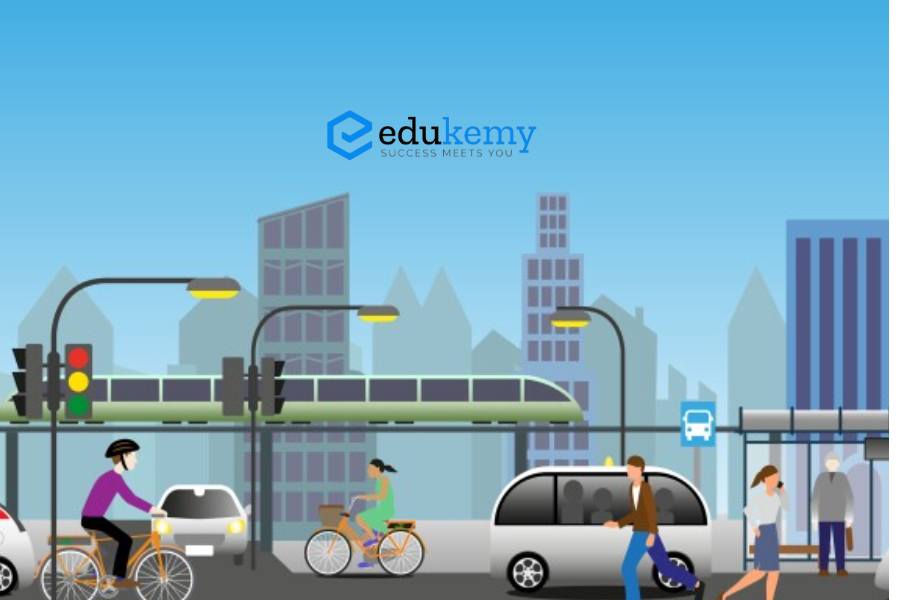
Getting around in cities can be tricky with all the traffic, crowded buses, and busy streets. That’s where Urban Mobility comes in! It’s about how people move from one place to another in cities, whether by walking, cycling, taking public transport, or driving. But in many cities, getting around can be a big challenge. In this exploration of urban mobility, we’ll take a closer look at why it’s important, the problems people face, and what we can do to make getting around easier and more convenient for everyone. Let’s hit the road and find out more about urban mobility!
The International Organization for Migration defines a migrant as any person who is moving or has moved across an international border or within a state away from his/her habitual place of residence.
Contents
Push and Pull Factors of Migration:
- Push factors are those that compel a person to leave a place of origin (out-migration) and migrate to some other place such as – economic reasons, social reasons, lack of development of a particular place.
- Pull factors indicate the factors which attract migrants (in-migration) to an area (destination) such as job opportunities, better living conditions, availability of basic or high-level facilities etc.
The latest government data on migration comes from the 2011 Census
- India had 45.6 crore migrants in 2011 (38% of the population).
- Between 2001 and 2011, while the population grew by 18%, the number of migrants increased by 45%.
- 99% of total migration was internal, and immigrants (international migrants) comprised 1%.
- There were 21 crore rural-rural migrants, which formed 54% of classifiable internal migration.
- Intra-state movement accounted for almost 88% of all internal migration.
- Uttar Pradesh and Bihar were the largest sources of inter-state migrants, while Maharashtra and Delhi were the largest receiver states.
- Majority (70%) of intra-state migration was due to reasons of marriage and family.
Frequently Asked Questions
Q: What is urban mobility?
Urban mobility refers to how people move around cities, including modes of transportation like walking, cycling, public transit, and driving.
Q: Why is urban mobility important?
Urban mobility is crucial for accessing jobs, education, healthcare, and recreational activities. It also impacts economic productivity, air quality, and overall quality of life in cities.
Q: What challenges do people face with urban mobility?
Challenges include traffic congestion, inadequate public transportation, lack of pedestrian and cycling infrastructure, safety concerns, pollution, and unequal access to transportation options.
Q: How does urban mobility affect cities and the environment?
Urban mobility influences urban development patterns, land use, air pollution levels, greenhouse gas emissions, energy consumption, and the health of residents, shaping the environmental sustainability of cities.
Q: What can be done to improve urban mobility?
Improvements can include investing in public transit systems, promoting active transportation modes like walking and cycling, implementing congestion pricing and car-sharing programs, enhancing infrastructure for pedestrians and cyclists, and adopting smart technologies for transportation management.
In case you still have your doubts, contact us on 9811333901.
For UPSC Prelims Resources, Click here
For Daily Updates and Study Material:
Join our Telegram Channel – Edukemy for IAS
- 1. Learn through Videos – here
- 2. Be Exam Ready by Practicing Daily MCQs – here
- 3. Daily Newsletter – Get all your Current Affairs Covered – here
- 4. Mains Answer Writing Practice – here

